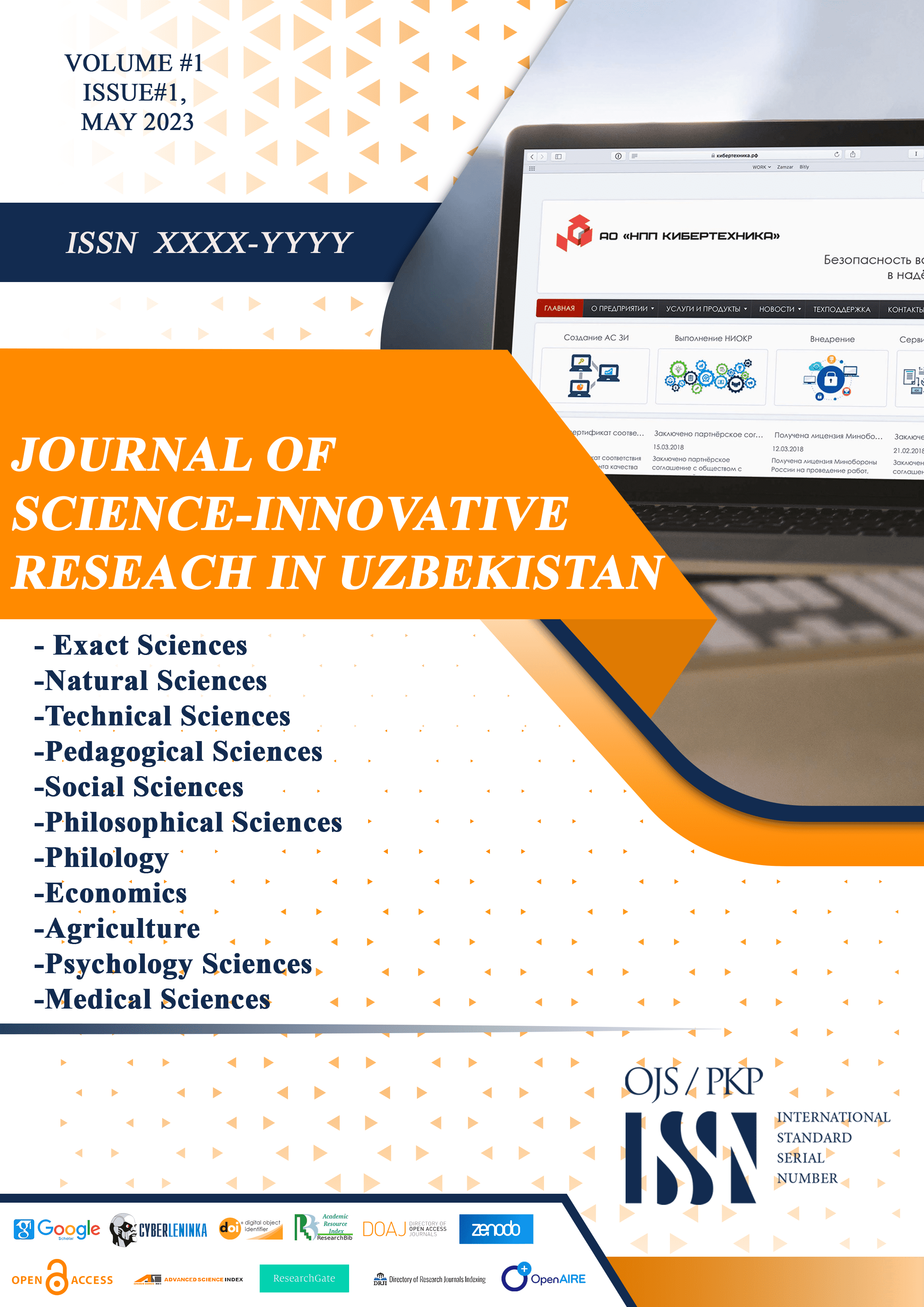Abstract
This article explores the theoretical foundations and practical applications of modern testing and evaluation systems used to assess the physical fitness of athletes and students. Physical fitness is directly related to an individual's overall health, performance efficiency in sports, and social engagement. Objective and reliable assessment of physical readiness plays a critical role in promoting a healthy lifestyle and guiding personalized training approaches. The article reviews internationally recognized testing protocols, such as walking/running tests, upper body strength assessments, and maximal oxygen uptake (VO₂ max) analysis, as well as technologically advanced tools including motion sensors, heart rate monitors, and GPS-based tracking systems. Special attention is given to the use of normative standards, individualized evaluation criteria, and the integration of automated systems for data collection and analysis. The implementation of modern fitness assessment systems contributes significantly to designing customized training programs, controlling rehabilitation processes, and forecasting athletic potential in educational and competitive environments.
References
1. Xayitov, A., & Qo‘ldoshev, B. (2021). Jismoniy tarbiya va sport nazariyasi. Toshkent: O‘zbekiston davlat jismoniy tarbiya va sport universiteti nashriyoti.
2. Karimov, Z. R. (2022). Sportchilarda jismoniy sifatlarni baholash usullari. “Jismoniy tarbiya va sport” ilmiy-amaliy jurnali, №3, 61–65.
3. Jo‘rayev, B. (2020). Zamonaviy testlar asosida jismoniy tayyorgarlikni aniqlash texnologiyalari. Termiz: TDPU Ilmiy nashriyoti.
4. Nishonov, O. (2019). Jismoniy tayyorgarlikni rivojlantirishda funksional diagnostika roli. “Sport va ilm” jurnali, №1, 39–43.
5. Qodirov, M. (2018). Sportda individual yondashuv va baholash mezonlari. Toshkent: “Yangi asr avlodi” nashriyoti.
6. Joyner, M. J., & Coyle, E. F. (2008). Endurance exercise performance: The physiology of champions. The Journal of Physiology, 586(1), 35–44.
7. Buchheit, M., & Laursen, P. B. (2013). High-intensity interval training, solutions to the programming puzzle. Sports Medicine, 43(5), 313–338.
8. Midgley, A. W., McNaughton, L. R., & Wilkinson, M. (2006). Is there an optimal training intensity for enhancing the maximal oxygen uptake of distance runners? Sports Medicine, 36(2), 117–132.
9. Bompa, T. O., & Haff, G. G. (2009). Periodization: Theory and Methodology of Training (5th ed.). Human Kinetics.
10. Noakes, T. D. (2003). Lore of Running (4th ed.). Human Kinetics.
11. Zourdos, M. C., Klemp, A., Dolan, C., Quiles, J. M., Schau, K. A., Jo, E., Helms, E. R., Esgro, B. A., Duncan, S., Garcia Merino, S., & Whitehurst, M. (2016). Novel resistance training–specific rating of perceived exertion scale measuring repetitions in reserve. Journal of Strength and Conditioning Research, 30(1), 267–275.
12. Smith, D. J. (2003). A framework for understanding the training process leading to elite performance. Sports Medicine, 33(15), 1103–1126.
13. ACSM (American College of Sports Medicine). (2021). ACSM's Guidelines for Exercise Testing and Prescription (11th ed.). Wolters Kluwer.

This work is licensed under a Creative Commons Attribution 4.0 International License.

